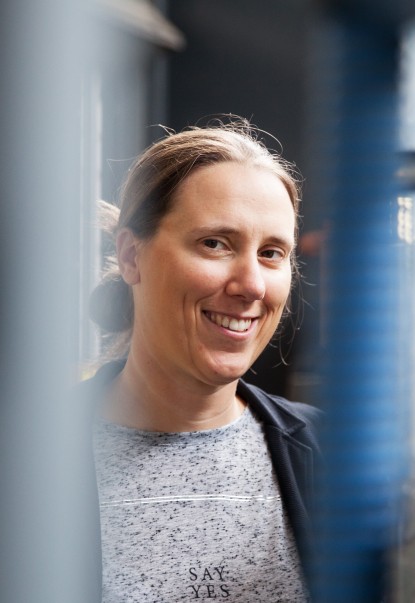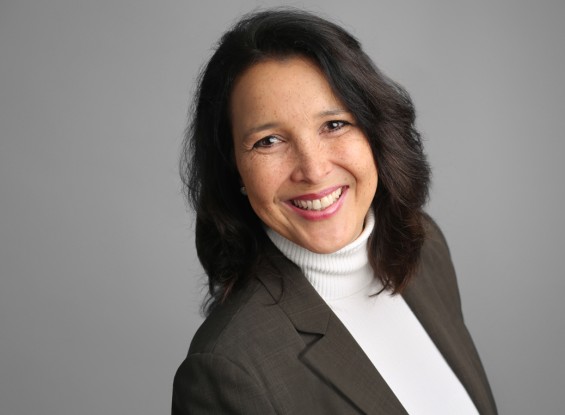| Project title | Modeling the fate of organic carbon and micropollutants in biologically active activated carbon filters |
| Project processing | Tobias Kaiser, M.Sc. |
| Duration | 01.08.2022 – 31.07.2025 |
| Grantor | Deutsche Forschungsgemeinschaft (DFG, German Research Foundation) |
| Project content |
The presence of organic micropollutants (OMPs) in water bodies is very critical due to their potential threat to the environment and human health. Wastewater treatment plant effluents are one of the main sources of OMPs. Granular activated carbon (GAC) filters have been established as a suitable technology for the removal of OMPs from wastewater treatment plant effluents. In addition to adsorption on the activated carbon, biological processes also contribute to the removal of organic substances and OMPs in GAC filters. The phenomena controlling adsorptive removal and biodegradation and the synergies between these two mechanisms are of great importance, but the processes are very complex. On the one hand, wastewaters are multicomponent mixtures that are difficult to characterize, and on the other hand, the various interactions between GAC, biofilm, OMP and organic matter are difficult to capture experimentally. Mathematical models are a powerful tool for overcoming such experimental obstacles, analyzing different scenarios and supporting the planning of further experiments. Using experimental data, the Chair of Water and Environmental Biotechnology developed a first mathematical model that can satisfactorily describe the removal of dissolved organic carbon in a biologically active GAC filter. This project aims to improve the model and add new key features required for further application:
|





